ASLwrite on:
[Wikipedia]
[Google]
[Amazon]
ASLwrite ( ASL:  ) is a
) is a  ) and the movements indicate the movement of the hands in space by modifying the digits (and for shoulder shift
) and the movements indicate the movement of the hands in space by modifying the digits (and for shoulder shift 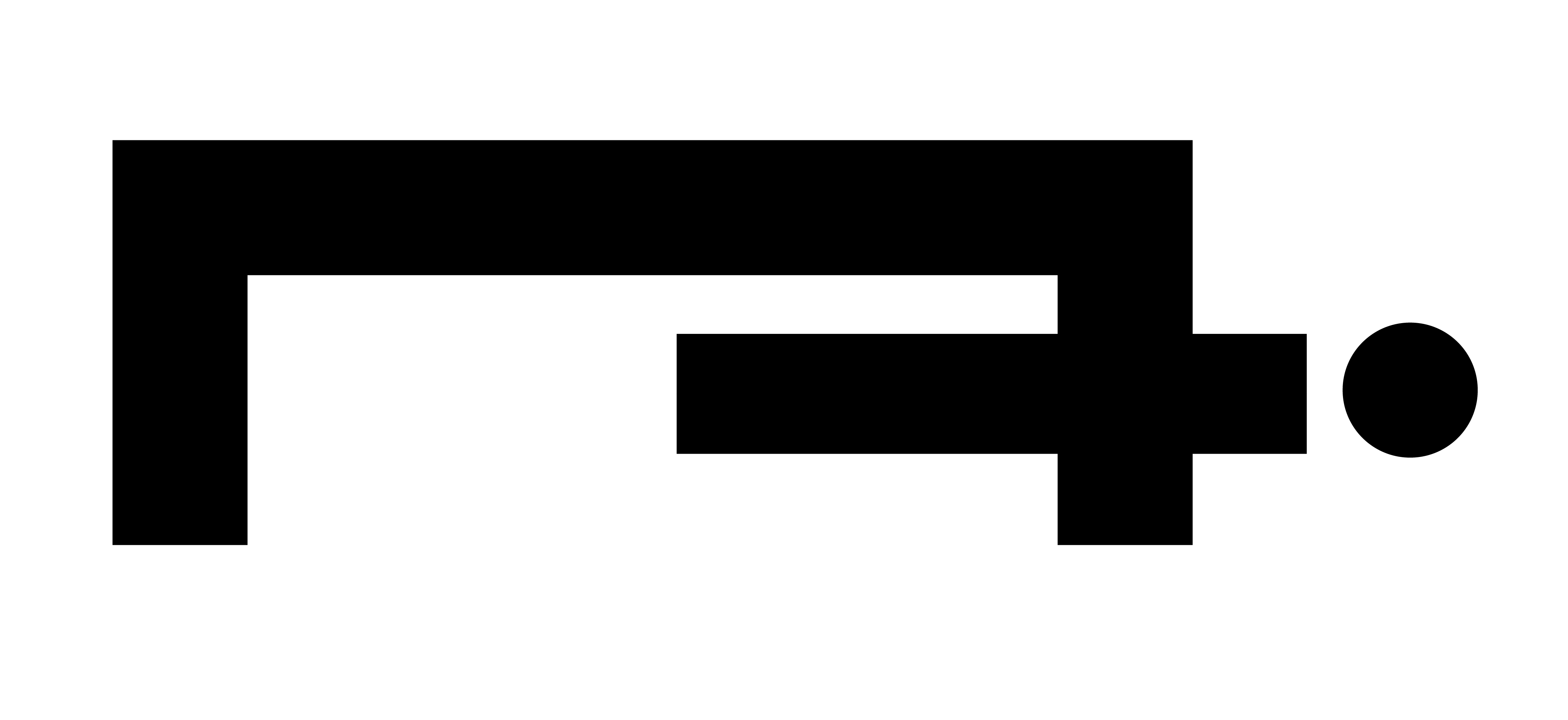 /head nod modifying the body).
The order of the writing is from left to right, top to bottom, with locatives or certain marks often beginning words. Sentences are ended by the full stop mark (
/head nod modifying the body).
The order of the writing is from left to right, top to bottom, with locatives or certain marks often beginning words. Sentences are ended by the full stop mark (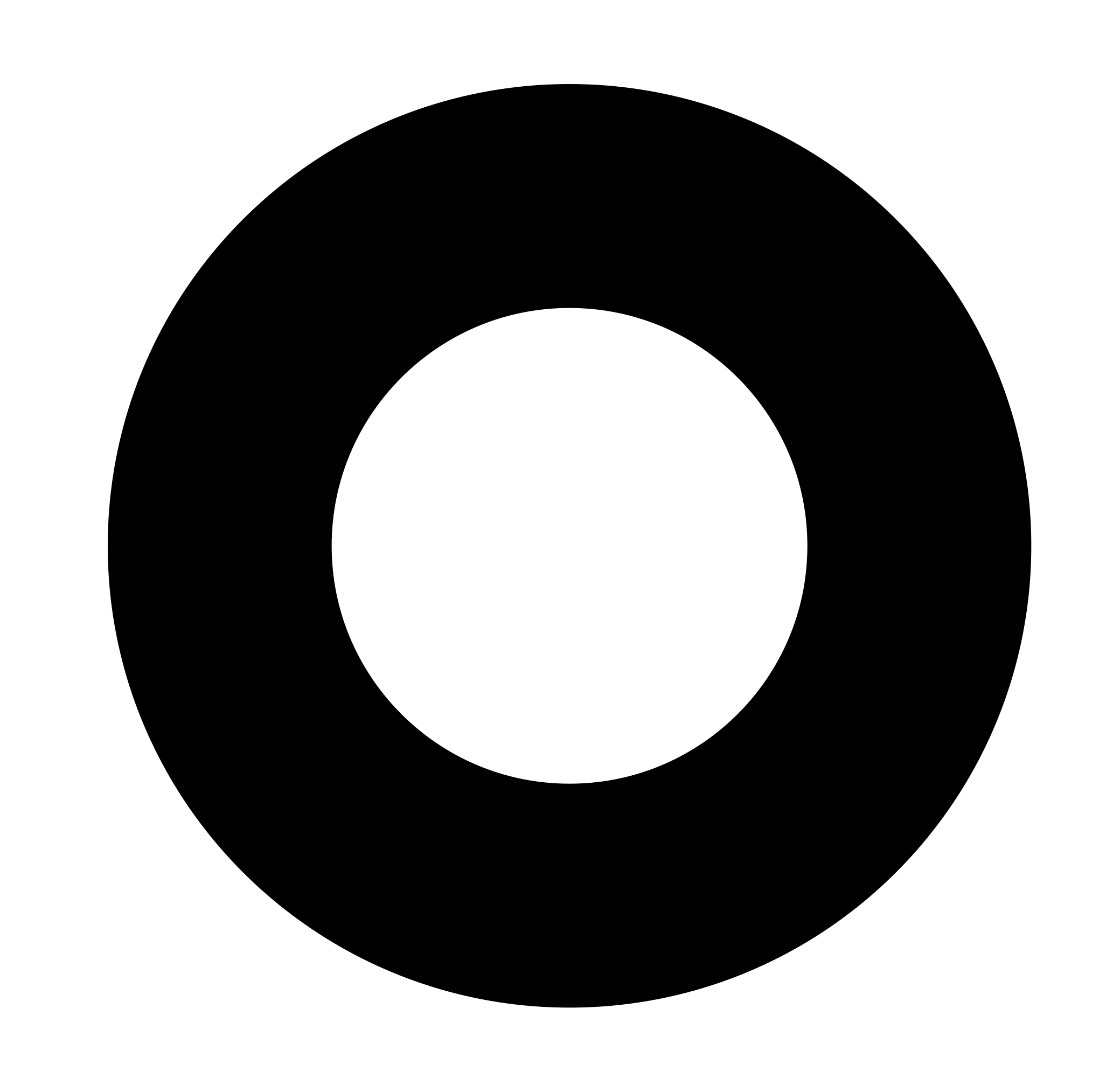 ). Questions in written ASL are denoted by eyebrow marks bounding the question not unlike Spanish's " ¿ ?." Question words or wh-questions in ASL can also form the
). Questions in written ASL are denoted by eyebrow marks bounding the question not unlike Spanish's " ¿ ?." Question words or wh-questions in ASL can also form the
 The general principle is to capture a single ASL word per segment, from left to right, registering non-manual feature(s), location(s), handshape(s), movement(s) and general orientation. It imagines the writer/speaker is looking down at their hands or viewing words from the profile such that words can be made either as if seen from straight-on or from one's profile.
The digibet captures handshape information as well as orientation, movement and some locations. Locatives are characters that capture location, though handshape diacritics like ''edge'' do capture some locations such as edge of palm. Diacritics, such as movements, modify handshapes and can indicate small movements or small orientations. Movements themselves are fairly flexible in their shapes and orientations, which makes digitising this script difficult.
From left to right, up to down, this is the order in which to write characters:
# Non-manual marks – Often, this is seen as raised or lowered eyebrows, but it can include body or mouth marks such as shoulder-shift and teeth-clench.
# Frontal or profile locatives – Captures the same location information, just from two perspectives. An example (seen on the right) is the shoulder locative is either a shoulder frontal locative that is written above or below the handshape(s).
# Handshapes – Can be written before or after the locative. A handshape can be oriented in 360° depending on its location and is written at the end of its movement path if there is one. Each handshape present is written, and when more than one handshape (of one hand) is written, a movement must be present.
## Diacritics/movements – Written as a part of the handshape, though larger movements or movements that affect multiple handshapes is written after (see below).
# Movements – Larger movements or movements that affect multiple handshapes. When a handshape changes without overt movement, the handshapes are written left-to-right with a single movement below, similar to an underline.
# Non-manual & punctuation marks – These are questioning marks such as ''why'', ''who'', ''how'' and ''how''. The stop mark is denoted by a "o" mark.
The general principle is to capture a single ASL word per segment, from left to right, registering non-manual feature(s), location(s), handshape(s), movement(s) and general orientation. It imagines the writer/speaker is looking down at their hands or viewing words from the profile such that words can be made either as if seen from straight-on or from one's profile.
The digibet captures handshape information as well as orientation, movement and some locations. Locatives are characters that capture location, though handshape diacritics like ''edge'' do capture some locations such as edge of palm. Diacritics, such as movements, modify handshapes and can indicate small movements or small orientations. Movements themselves are fairly flexible in their shapes and orientations, which makes digitising this script difficult.
From left to right, up to down, this is the order in which to write characters:
# Non-manual marks – Often, this is seen as raised or lowered eyebrows, but it can include body or mouth marks such as shoulder-shift and teeth-clench.
# Frontal or profile locatives – Captures the same location information, just from two perspectives. An example (seen on the right) is the shoulder locative is either a shoulder frontal locative that is written above or below the handshape(s).
# Handshapes – Can be written before or after the locative. A handshape can be oriented in 360° depending on its location and is written at the end of its movement path if there is one. Each handshape present is written, and when more than one handshape (of one hand) is written, a movement must be present.
## Diacritics/movements – Written as a part of the handshape, though larger movements or movements that affect multiple handshapes is written after (see below).
# Movements – Larger movements or movements that affect multiple handshapes. When a handshape changes without overt movement, the handshapes are written left-to-right with a single movement below, similar to an underline.
# Non-manual & punctuation marks – These are questioning marks such as ''why'', ''who'', ''how'' and ''how''. The stop mark is denoted by a "o" mark.
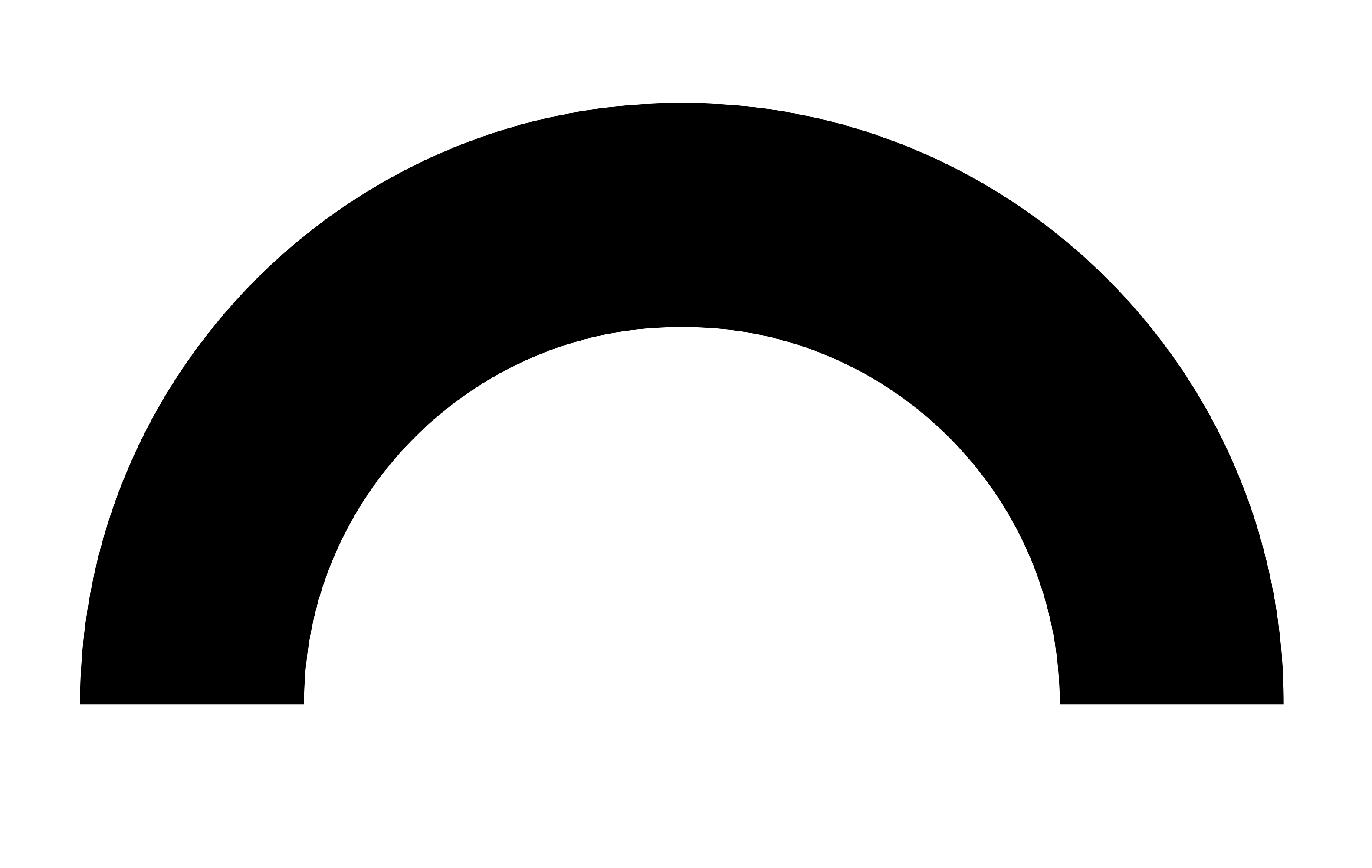 ,
,  ), Rotational (
), Rotational ( ,
, 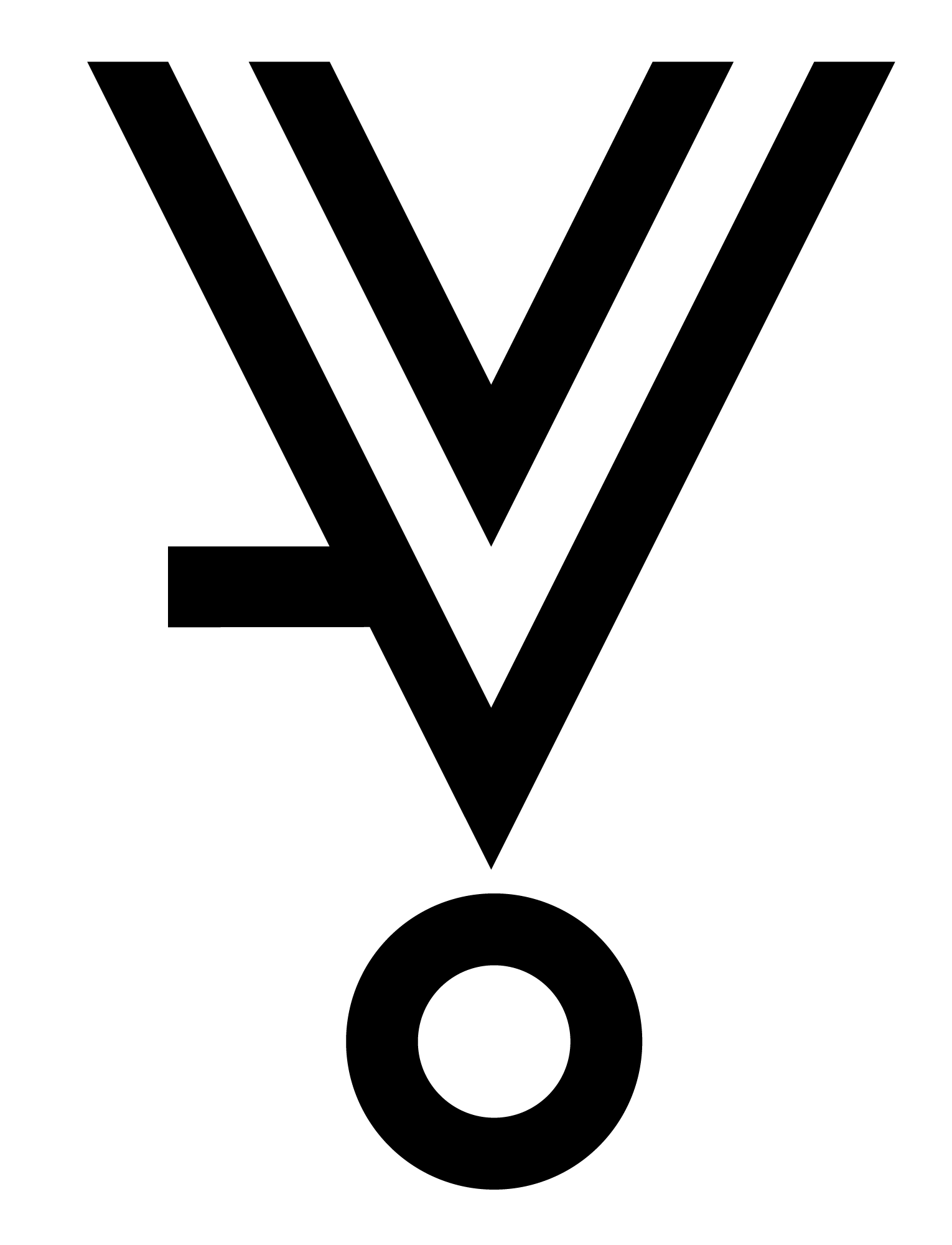 ), Rattle (
), Rattle (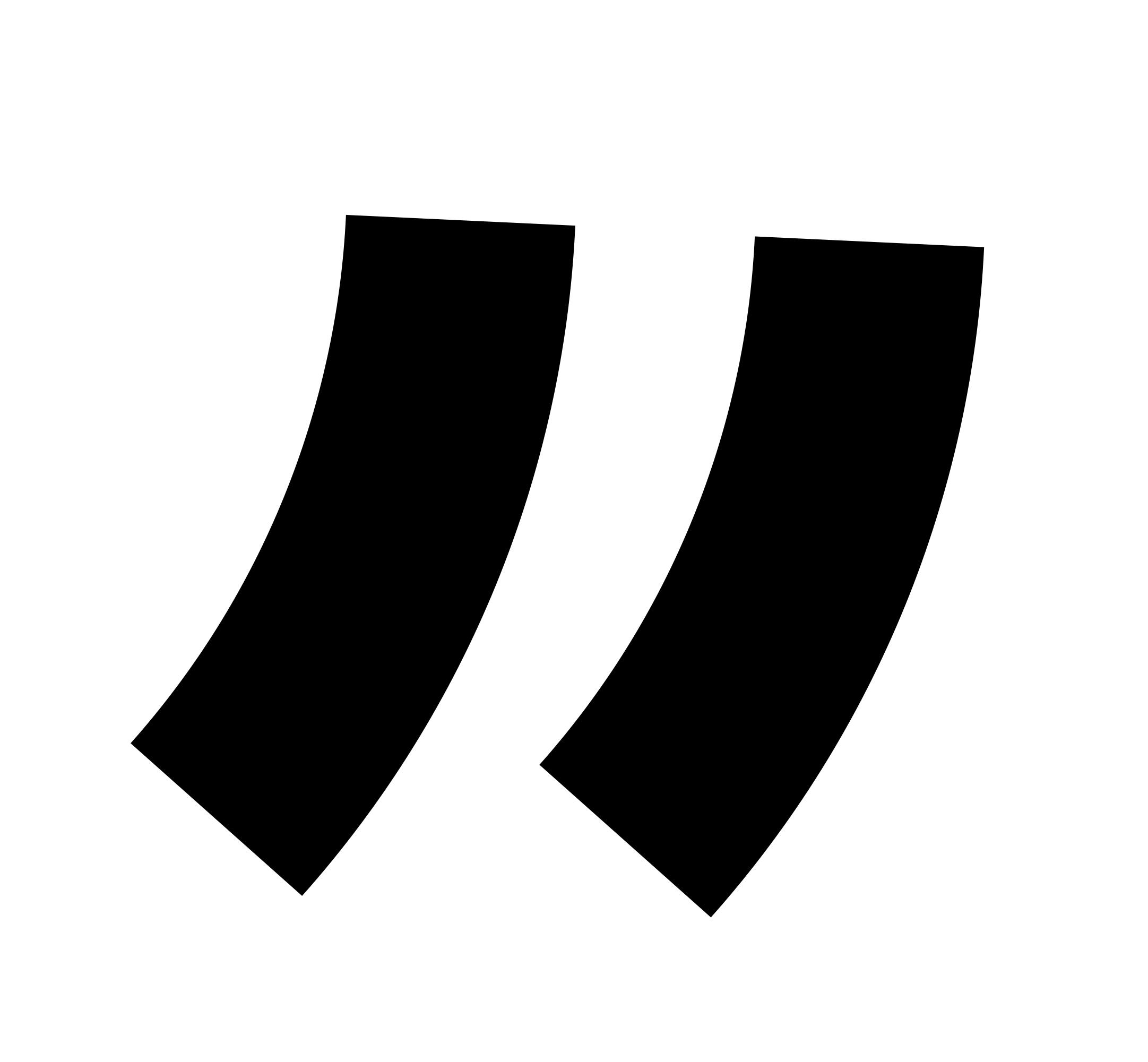 ,
,  ), Flutter (
), Flutter ( ,
,  ) and Edge.
) and Edge.
 ), Knit, Wan, Slanted and Squint. Questioning marks exist in ASL as logographs that denote ASL's wh-questions such as WHO or FOR-FOR. They are placed after a closed word's or phrase's second eyebrow mark and can exist as an entire sentence alone. Mouth marks are characters that relay what action the mouth is doing. It is placed inside the first eyebrow mark.
), Knit, Wan, Slanted and Squint. Questioning marks exist in ASL as logographs that denote ASL's wh-questions such as WHO or FOR-FOR. They are placed after a closed word's or phrase's second eyebrow mark and can exist as an entire sentence alone. Mouth marks are characters that relay what action the mouth is doing. It is placed inside the first eyebrow mark.
 ) or head nod. They, as well as nose crinkle ( 15px), stand alone and can be inserted anywhere, inside and outside of eyebrow-marked phrases.
) or head nod. They, as well as nose crinkle ( 15px), stand alone and can be inserted anywhere, inside and outside of eyebrow-marked phrases.

 means ''Yes?'' in ASL composed of
means ''Yes?'' in ASL composed of  ,
,  ,
,  and
and  where the raised eyebrow marks at the beginning and the end indicate it is a yes/no question, and the hinge mark (
where the raised eyebrow marks at the beginning and the end indicate it is a yes/no question, and the hinge mark ( ) denotes that the S handshape digit (
) denotes that the S handshape digit ( ) makes a nodding motion. The circular point at the end is a full stop mark indicating the end of the sentence. Unlike in English writing, the full stop mark (
) makes a nodding motion. The circular point at the end is a full stop mark indicating the end of the sentence. Unlike in English writing, the full stop mark ( ) is employed for all sentences, even questions (as seen here). Breaks in the sentence, as seen below, are denoted by the shoulder shift mark (
) is employed for all sentences, even questions (as seen here). Breaks in the sentence, as seen below, are denoted by the shoulder shift mark ( ).
The text on the right is from Chapters 1:2-4 of the
).
The text on the right is from Chapters 1:2-4 of the
.
* "Sign Language & Interpreting - Mt. San Antonio College." Mt. San Antonio College. Web. 13 Dec. 2011.
* Twitter. Web. 13 Dec. 2011. .
* Write in American Sign Language! Web. 13 Dec. 2011.
 ) is a
) is a writing system
A writing system is a method of visually representing verbal communication, based on a script and a set of rules regulating its use. While both writing and speech are useful in conveying messages, writing differs in also being a reliable fo ...
that developed from si5s. It was created to be an open-source
Open source is source code that is made freely available for possible modification and redistribution. Products include permission to use the source code, design documents, or content of the product. The open-source model is a decentralized so ...
, continuously developing orthography
An orthography is a set of conventions for writing a language, including norms of spelling, hyphenation, capitalization, word breaks, emphasis, and punctuation.
Most transnational languages in the modern period have a writing system, and ...
for American Sign Language (ASL), trying to capture the nuances of ASL's features. ASLwrite is currently used by no more than a handful of people, primarily revolving around discussions happening on Facebook and, previously, Google Groups. However, it is currently spreading, with comic strips, posters and more becoming available.
Its core components are digits, locatives, marks and movements which are written in a fairly rigid order (though in a fairly flexible configuration) from left to right. Its digits are representations of handshapes – or the configuration of the hand and fingers – where the locatives represent locations on the body (or, in theory, in space), the marks represent anything from location (e.g., edge mark) to small movements (e.g., flutter) to facial expressions (e.g., raised eyebrow mark  ) and the movements indicate the movement of the hands in space by modifying the digits (and for shoulder shift
) and the movements indicate the movement of the hands in space by modifying the digits (and for shoulder shift  /head nod modifying the body).
The order of the writing is from left to right, top to bottom, with locatives or certain marks often beginning words. Sentences are ended by the full stop mark (
/head nod modifying the body).
The order of the writing is from left to right, top to bottom, with locatives or certain marks often beginning words. Sentences are ended by the full stop mark ( ). Questions in written ASL are denoted by eyebrow marks bounding the question not unlike Spanish's " ¿ ?." Question words or wh-questions in ASL can also form the
). Questions in written ASL are denoted by eyebrow marks bounding the question not unlike Spanish's " ¿ ?." Question words or wh-questions in ASL can also form the interrogative
An interrogative clause is a clause whose form is typically associated with question-like meanings. For instance, the English sentence "Is Hannah sick?" has interrogative syntax which distinguishes it from its declarative counterpart "Hannah is ...
.
There are in total 105 characters in ASLwrite with 67 digits, five diacritic marks, twelve locatives, sixteen extramanual marks and five movement marks.
Since its creation, it has evolved to include more digits, locatives, movements and marks as well as modify those already present.
History
si5s, a system built from SignWriting, was first proposed by Robert Arnold in his 2007Gallaudet
Gallaudet University ( ) is a private federally chartered research university in Washington, D.C. for the education of the deaf and hard of hearing. It was founded in 1864 as a grammar school for both deaf and blind children. It was the first sc ...
thesis ''A Proposal of the Written System for ASL''. The ASLwrite community split from Arnold upon his decision to maintain si5s as a private venture with ASLized after the publication of his and Adrean Clark's book ''How to Write American Sign Language''. Today, ASLwrite's website notes:
Type of system
ASLwrite is a somacheirographic system meaning that it represents the body (Greek
Greek may refer to:
Greece
Anything of, from, or related to Greece, a country in Southern Europe:
*Greeks, an ethnic group.
*Greek language, a branch of the Indo-European language family.
**Proto-Greek language, the assumed last common ancestor ...
: σῶμα ''sôma'' 'body') and hands (Greek
Greek may refer to:
Greece
Anything of, from, or related to Greece, a country in Southern Europe:
*Greeks, an ethnic group.
*Greek language, a branch of the Indo-European language family.
**Proto-Greek language, the assumed last common ancestor ...
: χείρ ''kheír'' 'hand') and relays phonemic information. However, it also incorporates logographs (questioning marks) and is featural
In a featural writing system, the shapes of the symbols (such as letters) are not arbitrary but encode phonological features of the phonemes that they represent. The term featural was introduced by Geoffrey Sampson to describe the Korean alpha ...
.
Description
 The general principle is to capture a single ASL word per segment, from left to right, registering non-manual feature(s), location(s), handshape(s), movement(s) and general orientation. It imagines the writer/speaker is looking down at their hands or viewing words from the profile such that words can be made either as if seen from straight-on or from one's profile.
The digibet captures handshape information as well as orientation, movement and some locations. Locatives are characters that capture location, though handshape diacritics like ''edge'' do capture some locations such as edge of palm. Diacritics, such as movements, modify handshapes and can indicate small movements or small orientations. Movements themselves are fairly flexible in their shapes and orientations, which makes digitising this script difficult.
From left to right, up to down, this is the order in which to write characters:
# Non-manual marks – Often, this is seen as raised or lowered eyebrows, but it can include body or mouth marks such as shoulder-shift and teeth-clench.
# Frontal or profile locatives – Captures the same location information, just from two perspectives. An example (seen on the right) is the shoulder locative is either a shoulder frontal locative that is written above or below the handshape(s).
# Handshapes – Can be written before or after the locative. A handshape can be oriented in 360° depending on its location and is written at the end of its movement path if there is one. Each handshape present is written, and when more than one handshape (of one hand) is written, a movement must be present.
## Diacritics/movements – Written as a part of the handshape, though larger movements or movements that affect multiple handshapes is written after (see below).
# Movements – Larger movements or movements that affect multiple handshapes. When a handshape changes without overt movement, the handshapes are written left-to-right with a single movement below, similar to an underline.
# Non-manual & punctuation marks – These are questioning marks such as ''why'', ''who'', ''how'' and ''how''. The stop mark is denoted by a "o" mark.
The general principle is to capture a single ASL word per segment, from left to right, registering non-manual feature(s), location(s), handshape(s), movement(s) and general orientation. It imagines the writer/speaker is looking down at their hands or viewing words from the profile such that words can be made either as if seen from straight-on or from one's profile.
The digibet captures handshape information as well as orientation, movement and some locations. Locatives are characters that capture location, though handshape diacritics like ''edge'' do capture some locations such as edge of palm. Diacritics, such as movements, modify handshapes and can indicate small movements or small orientations. Movements themselves are fairly flexible in their shapes and orientations, which makes digitising this script difficult.
From left to right, up to down, this is the order in which to write characters:
# Non-manual marks – Often, this is seen as raised or lowered eyebrows, but it can include body or mouth marks such as shoulder-shift and teeth-clench.
# Frontal or profile locatives – Captures the same location information, just from two perspectives. An example (seen on the right) is the shoulder locative is either a shoulder frontal locative that is written above or below the handshape(s).
# Handshapes – Can be written before or after the locative. A handshape can be oriented in 360° depending on its location and is written at the end of its movement path if there is one. Each handshape present is written, and when more than one handshape (of one hand) is written, a movement must be present.
## Diacritics/movements – Written as a part of the handshape, though larger movements or movements that affect multiple handshapes is written after (see below).
# Movements – Larger movements or movements that affect multiple handshapes. When a handshape changes without overt movement, the handshapes are written left-to-right with a single movement below, similar to an underline.
# Non-manual & punctuation marks – These are questioning marks such as ''why'', ''who'', ''how'' and ''how''. The stop mark is denoted by a "o" mark.
Digibet
The digibet is composed of handshapes called digits that are modified by diacritics and movements. It shares 23 handshapes with ASL's manual alphabet. Digits are grouped together by features such as +thumb/-thumb or +closed/-closed. In practise, there are 67 digits in ASLwrite's digibet, though that number is growing as new digits are added representing diverse handshapes. Moreover, other languages may adopt this system which would add increasingly more digits.Diacritics
There are five diacritics, of which one is a movement diacritic. They are: Hinge ( ,
,  ), Rotational (
), Rotational ( ,
,  ), Rattle (
), Rattle ( ,
,  ), Flutter (
), Flutter ( ,
,  ) and Edge.
) and Edge.
Movement
Movements are flexible and thus hard to capture in a digital or non-handwritten fashion. The movements are diverse and aim to capture the movements of the hands, arms and body. There are three points – an endpoint, a firmpoint and a contactpoint –, an orbit mark, a steering and a crank mark as well as the movement mark or line. The movement line follows the path of the hand(s) and can be as clean (e.g., – or , ) or as erratic as possible. The points denote the end of a handshape's path and the degree to which the motion is made. A contact point denotes an imaginary or in-the-air point with the contactpoint ending at a location and noted as being a firm ending with the firmpoint. The orbit mark indicates a central "point" around which the handshapes orbit; for orbital paths cut short, one would use a steering mark, and for parallel cranking motions, the crank mark would be used.Locatives
The locatives are characters that denote a specific location on or near the signer's body. They are presented from a face-on and side-view. The two sub-classifications are frontal and profile locatives.Non-manual marks
Non-manual marks vary quite significantly and can only be placed at the beginning or end of words or phrases. Eyebrow marks are denoted before and after the word(s) in question thus bounding the words that are modified by eyebrow marks. They are called: Raised ( ), Knit, Wan, Slanted and Squint. Questioning marks exist in ASL as logographs that denote ASL's wh-questions such as WHO or FOR-FOR. They are placed after a closed word's or phrase's second eyebrow mark and can exist as an entire sentence alone. Mouth marks are characters that relay what action the mouth is doing. It is placed inside the first eyebrow mark.
), Knit, Wan, Slanted and Squint. Questioning marks exist in ASL as logographs that denote ASL's wh-questions such as WHO or FOR-FOR. They are placed after a closed word's or phrase's second eyebrow mark and can exist as an entire sentence alone. Mouth marks are characters that relay what action the mouth is doing. It is placed inside the first eyebrow mark.
Body movements
Body movements are non-manual, non-facial features such as shoulder shift ( ) or head nod. They, as well as nose crinkle ( 15px), stand alone and can be inserted anywhere, inside and outside of eyebrow-marked phrases.
) or head nod. They, as well as nose crinkle ( 15px), stand alone and can be inserted anywhere, inside and outside of eyebrow-marked phrases.
Writing samples

 means ''Yes?'' in ASL composed of
means ''Yes?'' in ASL composed of  ,
,  ,
,  and
and  where the raised eyebrow marks at the beginning and the end indicate it is a yes/no question, and the hinge mark (
where the raised eyebrow marks at the beginning and the end indicate it is a yes/no question, and the hinge mark ( ) denotes that the S handshape digit (
) denotes that the S handshape digit ( ) makes a nodding motion. The circular point at the end is a full stop mark indicating the end of the sentence. Unlike in English writing, the full stop mark (
) makes a nodding motion. The circular point at the end is a full stop mark indicating the end of the sentence. Unlike in English writing, the full stop mark ( ) is employed for all sentences, even questions (as seen here). Breaks in the sentence, as seen below, are denoted by the shoulder shift mark (
) is employed for all sentences, even questions (as seen here). Breaks in the sentence, as seen below, are denoted by the shoulder shift mark ( ).
The text on the right is from Chapters 1:2-4 of the
).
The text on the right is from Chapters 1:2-4 of the Book of Ruth
The Book of Ruth ( he, מגילת רות, ''Megilath Ruth'', "the Scroll of Ruth", one of the Five Megillot) is included in the third division, or the Writings (Ketuvim), of the Hebrew Bible. In most Christian canons it is treated as one of th ...
. The first quoted text is the verse in English and the second is an ASL gloss.
Encoding
Due to the complexity of the writing system and its need for flexibility for movements, it means producing anything on a digital format is difficult. However, there are efforts to createfont
In metal typesetting, a font is a particular size, weight and style of a typeface. Each font is a matched set of type, with a piece (a " sort") for each glyph. A typeface consists of a range of such fonts that shared an overall design.
In mo ...
s headed by members of its Facebook
Facebook is an online social media and social networking service owned by American company Meta Platforms. Founded in 2004 by Mark Zuckerberg with fellow Harvard College students and roommates Eduardo Saverin, Andrew McCollum, Dust ...
group, notably looking at proper font creation and using current keyboard characters such as ' } ' or ' _. ' to achieve minor forms of communication in ASL over text. An example phrase is " }_.U- " which means 'thank you' in ASL.
See also
* si5s * Stokoe notation * ASL-phabet * Hamburg Notation System (HamNoSys) * SignWritingBibliography
* ASL Writing - Blog. Web. 13 Dec. 2011.References
External links
* {{list of writing systems American Sign Language Sign language notation Writing systems introduced in 2010